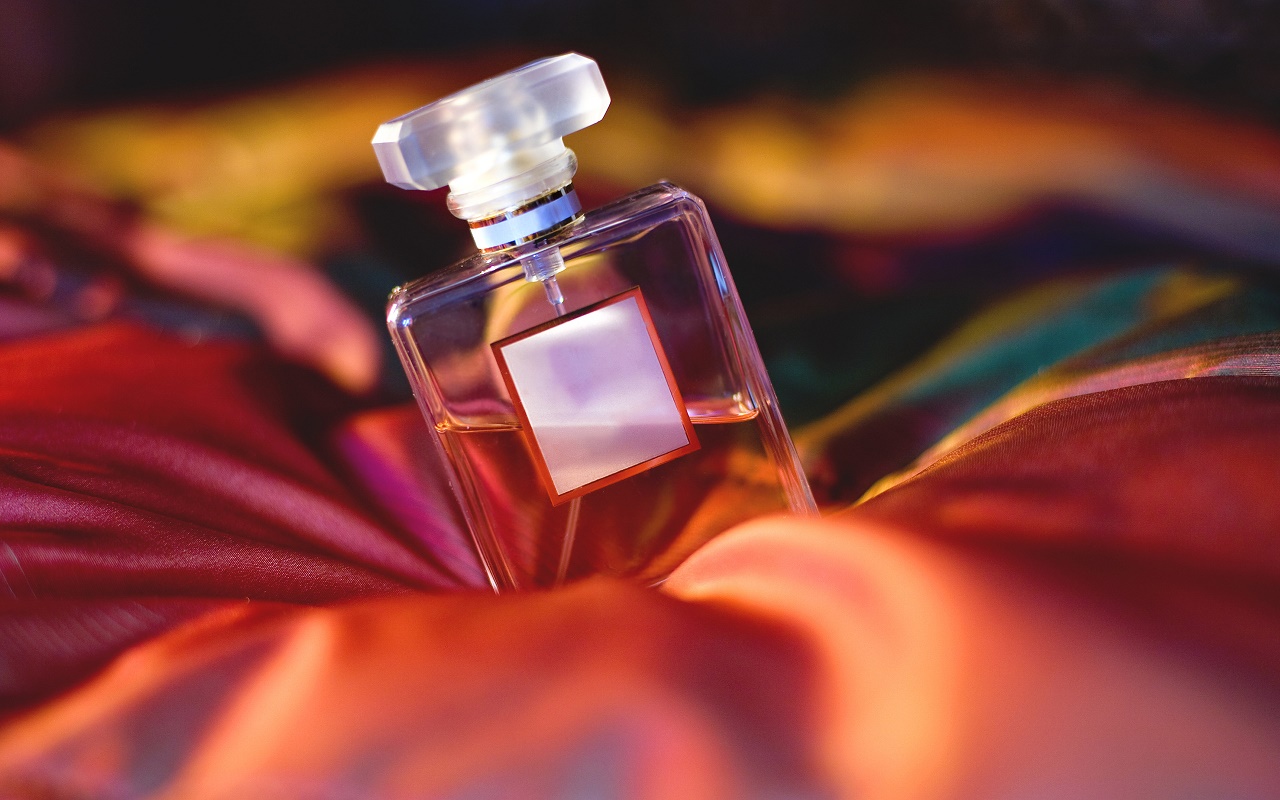Perfumes ABC is an invitation to delve into the fascinating world of scents, the incentives of what is probably the most subtle of our senses: scent. Perfumes are a very important and discrete, and yet conclusive, way of expressing ourselves.
The month of March brings the International Women’s Day to the fore and this is a good opportunity to remember that your mother, lover or girlfriend deserves a small token of your affection. A perfume can be a perfect choice.
(Incidentally, a trip to what is widely regarded as “the capital city of perfumes”, the French town of Grasse, can be an even more awesome present. You can even get from Paris to Grasse quite easily with Paris transfers).
But back to perfumes, if you are going to make such a present, it is best to know a thing or two about what they are, how to differentiate between them and what the names on the labels actually stand for.
Perfumes have been produced ever since the dawn of history. The name comes from the Latin expression “per fumus”, which means in fact “through the smoke”. The first perfumier seems to have lived in Mesopotamia 4000 years ago.
France is considered today the most emblematic image of perfumes, as it is a symbol of refinement and elegance. Grasse started emerging as the leading European perfume production region in the 14th century. In the 17th century, aristocrats used to wear perfumed gloves and the court of Louis XV was called “la cour parfumee” or “the perfumed court”.
The English also have an important tradition in perfume production and the famous age of English perfumes actually began in the time of Queen Elizabeth I. In her time, perfumes were the true rage and every public place was scented, as the queen had a very fine nose for sweet fragrances.









